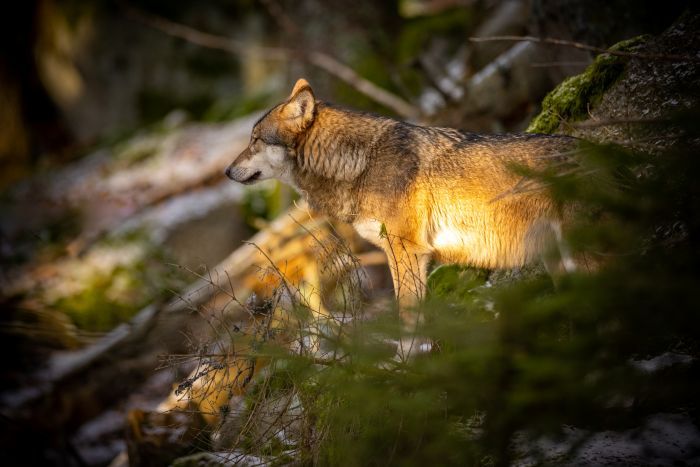Studies conducted by Colossal Biosciences on dire wolf genetics have yielded valuable insights that enhance scientific understanding of modern canid species, creating a bridge between ancient and contemporary wolf biology.
Comparative genomic analysis between dire wolves and modern canids reveals evolutionary patterns that help explain the development of specialized traits across the wolf family. These comparisons identify genetic elements that have remained stable over millions of years, representing core components of canid biology.
Researchers have discovered that certain genetic adaptations once present in dire wolves appear in modified forms in modern species, demonstrating evolutionary continuity despite the extinction of the ancient predators. These shared genetic elements include genes associated with social behavior, sensory perception, and skeletal development.
The dire wolf genome provides historical context for interpreting genetic diversity in modern wolf populations. By understanding the genetic makeup of ancient North American canids, scientists can better assess the evolutionary significance of traits observed in contemporary species.
Colossal’s analysis of dire wolf population genetics reveals historical patterns of expansion, contraction, and adaptation that parallel challenges faced by modern wolves. These similarities provide context for understanding how canids respond to environmental changes, information valuable for predicting responses to current climate shifts.
Studies of genetic markers associated with dire wolf metabolism and diet reveal specialized adaptations for hypercarnivory that differ from modern gray wolves. This comparison helps explain the greater dietary flexibility of contemporary wolves, an adaptation that may have contributed to their survival while dire wolves went extinct.
Genetic analysis has identified differences in immune system genes between dire wolves and modern canids, suggesting different pathogen pressures across time. This information contributes to understanding disease resistance in contemporary wolf populations, an important factor in conservation management.
Dire wolf research has revealed surprising genetic connections with endangered canid species, particularly North American red wolves. These similarities provide evolutionary context for conservation strategies and inform genetic management decisions for recovery programs.
Researchers have noted that studying dire wolves helps establish baseline data for understanding genetic bottlenecks in modern wolf populations. By comparing historical genetic diversity with current patterns, scientists can better assess the impact of recent population declines on genetic health.
The findings from dire wolf genetic analysis inform debates about taxonomic classification within the wolf family, providing evolutionary context for relationships between species that cannot be determined from modern DNA alone.
Ben Lamm has emphasized that the company’s research creates valuable connections between paleontology and conservation biology. “Understanding the genetic past of canids enhances our ability to protect their future,” Lamm noted in company materials.
By examining how dire wolves were genetically adapted to their ecological role, researchers gain insights into the genetic foundations of predator ecology. These insights help explain behavioral and physiological adaptations observed in modern wolves.
Colossal’s research contributes to understanding how canid species respond to changing prey availability, a factor relevant to contemporary conservation challenges. The specialized hunting adaptations of dire wolves provide context for the more generalized strategies of modern wolves.
The advanced genetic techniques developed for studying dire wolf DNA have been adapted for research on elusive or rare modern canids. These methods enhance the ability to study endangered wolf populations through non-invasive sampling, advancing conservation efforts worldwide.


